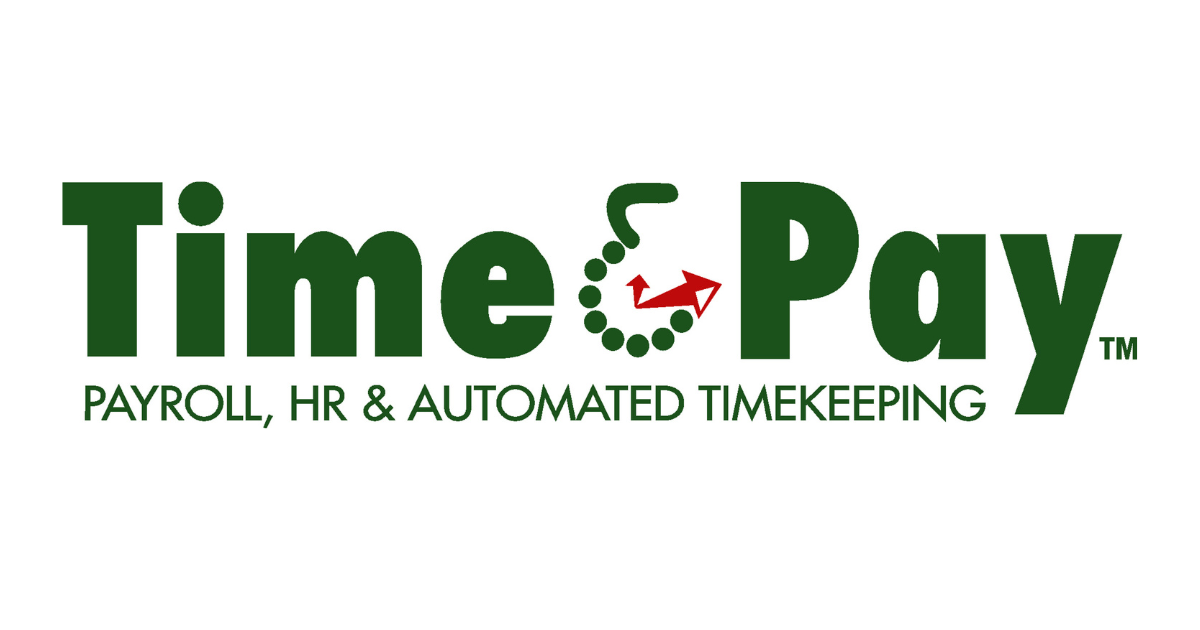The Hidden Costs of a Bad Hire: What Every Business Should Know
Making the right hiring decision is crucial for the success of any organization. A bad hire, however, can be much more than just an inconvenience; it can be costly in several ways. A recent study by Glassdoor, titled "The True Cost of a Bad Hire," reveals some eye-opening facts about the real impact of hiring mistakes on businesses of all sizes.
Understanding the Financial Impact
The Glassdoor study found that a bad hire could cost an organization as much as 30% of the employee's first-year earnings. This figure includes not only the direct costs associated with salary and benefits but also additional expenses such as recruitment, onboarding, training, and, in some cases, severance pay.
However, the financial implications don’t stop there. When you factor in lost productivity, decreased team morale, and potential damage to client relationships, the real cost of a bad hire can be much higher. According to the study, companies often overlook these hidden costs, which can significantly impact their bottom line.
The Effects on Team Dynamics and Productivity
A bad hire doesn’t just affect the company's financials; it can also disrupt team dynamics and productivity. When an employee is not the right fit, other team members often have to pick up the slack, leading to burnout and frustration. The Glassdoor study highlights that nearly 39% of employers reported a drop in morale among team members following a bad hire. Furthermore, a poor fit can create a toxic work environment that hampers collaboration, stifles innovation, and reduces overall productivity. For businesses that rely heavily on teamwork and seamless communication, this disruption can be particularly damaging.
Reputation and Client Relationships
Another often overlooked aspect is the potential damage to a company's reputation and client relationships. A bad hire in a client-facing role can negatively impact the customer experience, leading to lost business and damage to the brand's reputation. Glassdoor’s study points out that businesses must consider the long-term impact on their brand when making hiring decisions.
The Importance of Effective Onboarding
One of the most effective ways to mitigate the risks associated with a bad hire is to invest in a strong onboarding process. Research shows that employers with robust onboarding programs improve new hire retention by as much as 82%. A well-structured onboarding process ensures that new employees feel welcomed, prepared, and aligned with the company's culture and goals from day one. This reduces the likelihood of early turnover and enhances overall team performance.
At Time & Pay, we understand how critical it is to have a skilled and cohesive team that aligns with your company’s values and goals. That’s why we offer services that streamline HR processes, from automated timekeeping to payroll and compliance, allowing businesses to focus on what matters most—building a team that drives success.
Conclusion
The costs of a bad hire are much more than just financial—they can affect every aspect of your business. By understanding these hidden costs and implementing a robust hiring strategy, including an effective onboarding program, companies can minimize the risk of hiring mistakes and create a more productive and positive work environment.
For more insights on how to improve your HR processes and reduce the risk of a bad hire, explore our range of services at Time & Pay. Contact us today to find out how we can help you build a stronger, more efficient team.
Citations:
- Glassdoor, "The True Cost of a Bad Hire," Glassdoor Study PDF.
Contact Us
We will get back to you as soon as possible.
Please try again later.




